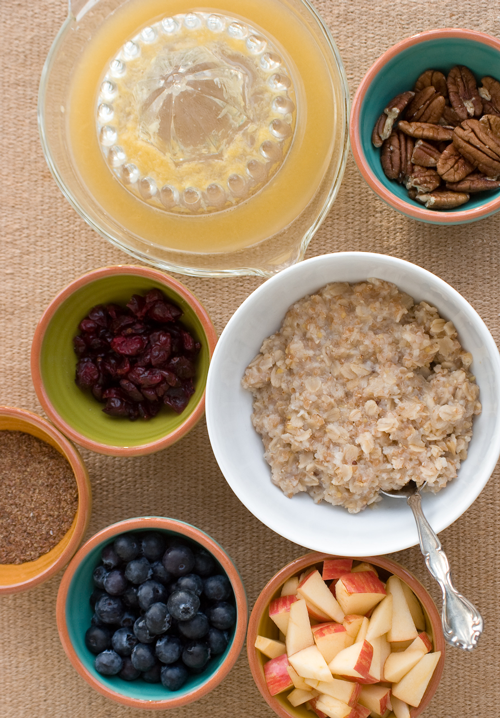fat city

In the last post—The Short And Sweet Of It?—we briefly discussed the health consequences of America’s love affair with sugar. We know we eat too much sugar, it’s likely our biggest health problem, but the sugar habit is hard to break. So this first step was proposed as Healthy Change #1: If you consume sodas or other sugared drinks, limit yourself to one (12 oz.) serving per week. We’re not done with sugar, we’ll return to reducing sugar intake in later posts.
This post gets after the next unhealthy food we persist in eating: hydrogenated trans fat. In the 20th century we abandoned traditional fats like butter and lard in favor of modern factory-made fats, such as Crisco and margarine. We now know this was a very big mistake. As our consumption of traditional fats declined in favor of factory fats, there was a parallel increase in cardiovascular disease, cancer, and other chronic diseases.
In the last 30 years we went on a reduced-fat binge, which meant avoiding animal fats in favor of factory-processed vegetable oils. Another big mistake; the result was we ate more trans fats and less of the healthy omega-3 fats. By now, just about everyone knows that trans fats should be avoided. So here is a good start on doing this (more to come):

This means no French fries, no onion rings, no corn dogs, no donuts, and especially, no deep-fried Twinkies. The language of this Healthy Change does leave a door open: you can cook these foods at home, using healthy oil. Because this is difficult, in our home we replaced French fries with oven-roasted potatoes (recipe coming soon!).
How did trans fats become so entrenched in our diet? It started with the invention of hydrogenation and the introduction of Procter & Gamble’s Crisco in 1911. Crisco shortening was followed by the introduction of a butter substitute, margarine. Both these products are full of trans fats and depleted of healthy omega-3 fats. Because hydrogenated oils are cheap and have a long shelf life, they also found their way into a multitude of processed foods and fast foods.
What was most remarkable about Crisco was how easily it replaced a product people had used for centuries—lard. It happened practically overnight. A 1921 book, The Story of Crisco, tells how the product was presented: It seems strange to many that there can be anything better than butter for cooking, or of greater utility than lard, and the advent of Crisco has been a shock to the older generation, born in an age less progressive than our own, and prone to contend that the old fashioned things are good enough. It was a clever pitch that disarmed the wisdom of tradition and it worked.
As it turns out, the “older generation” was quite wise in preferring olden ways. The rest of us ate Crisco and margarine for a long time before we learned how harmful trans fats were to our health. Today the merits of the old fats—butter, olive oil, and lard—are being rediscovered.
Need a reminder? Download our Healthy Change reminder card. Print and fold, then place in your kitchen or on your bathroom mirror to help you remember the Healthy Change of the week.
 Sunday, January 9, 2011 at 8:32PM | by
Sunday, January 9, 2011 at 8:32PM | by  Skip Hellewell |
Skip Hellewell |  33 Comments |
33 Comments |  4 References | | in
4 References | | in  chronic diseases,
chronic diseases,  fats 101,
fats 101,  healthy change |
healthy change |  Email Article
Email Article 




